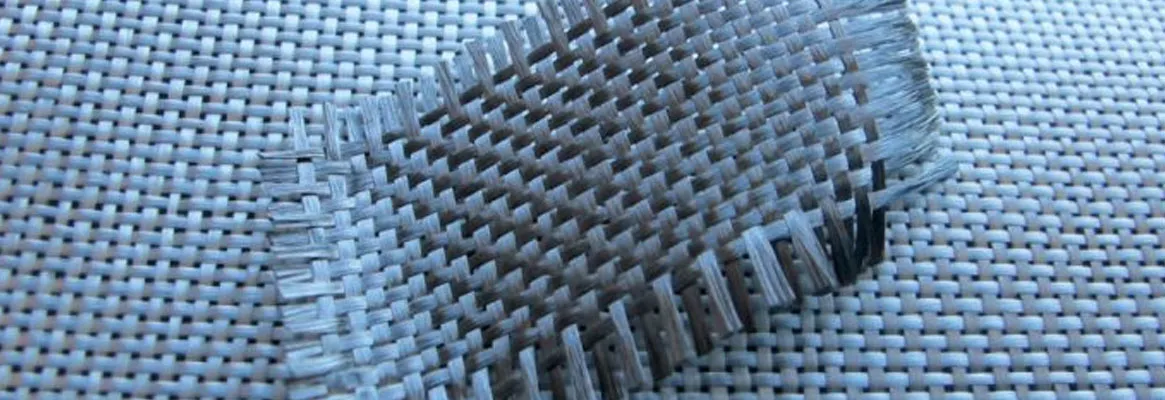Smart textiles, sometimes referred to as e-textiles or electronic materials, are a swiftly developing and inventive class of textiles that integrate electronic components and technology to offer sophisticated functions and capabilities. These textiles are engineered to surpass the conventional process of fabrics by providing interactive and dynamic characteristics.
In October 2022, MIT researchers utilized an innovative manufacturing technique to create smart textiles that closely adhere to the body, enabling them to detect the wearer’s posture and movements. By incorporating a particular type of plastic yarn and employing heat to liquefy it partially, the scientists successfully enhanced the accuracy of pressure sensors embedded into their multilayered knit fabrics known as 3DKnITS.
The healthcare sector is increasingly utilizing smart textiles for applications such as assistive technology, diagnostic garments, and patient monitoring. The demand for health-oriented innovative textile solutions will progressively increase as the global population continues to age. The sports and fitness industry is a significant market for smart textiles. Sportspeople and anyone passionate about fitness want state-of-the-art equipment and attire that can enhance their performance and overall health.
Key companies in the worldwide intelligent textile market include Adidas AG, Peratech Holdco Limited, Infineon Technologies AG, Jabil Circuit Inc., and Fibertronic Ltd.
Emerging patterns and advancements in the smart textile industry:
- Healthcare Applications: The utilization of intelligent textiles in healthcare and medical fields has been steadily rising. These fabrics can track essential body functions, aid in rehabilitation exercises, and offer crucial information to medical practitioners.
- Wearable Technology: The incorporation of intelligent fabrics into wearable technologies continued to expand. Companies were creating garments and accessories integrated with sensors, LEDs, and other electronic elements for many applications, including fitness monitoring and communication.
- Sustainability: The development of sustainable, intelligent textiles was being propelled by environmental concerns. The sector was witnessing a growing prominence of innovations in environmentally sustainable materials and production processes.
- Fashion and Sports: Bright fabrics were being incorporated into the fashion and sports sectors. Athletes could get advantages from wearing performance-enhancing gear that has integrated sensors, while fashion designers were exploring the use of light-up materials and interactive garments.
- Military and Defense: The military and defense industries maintained their investments in intelligent fabrics for purposes such as soldier surveillance, camouflage adjustment, and safeguarding against chemical and biological hazards.

